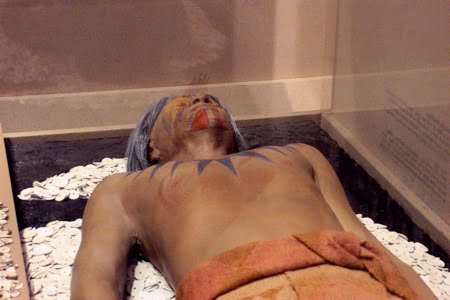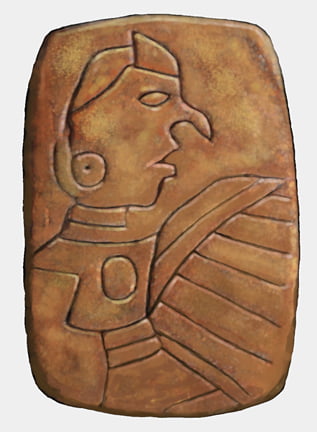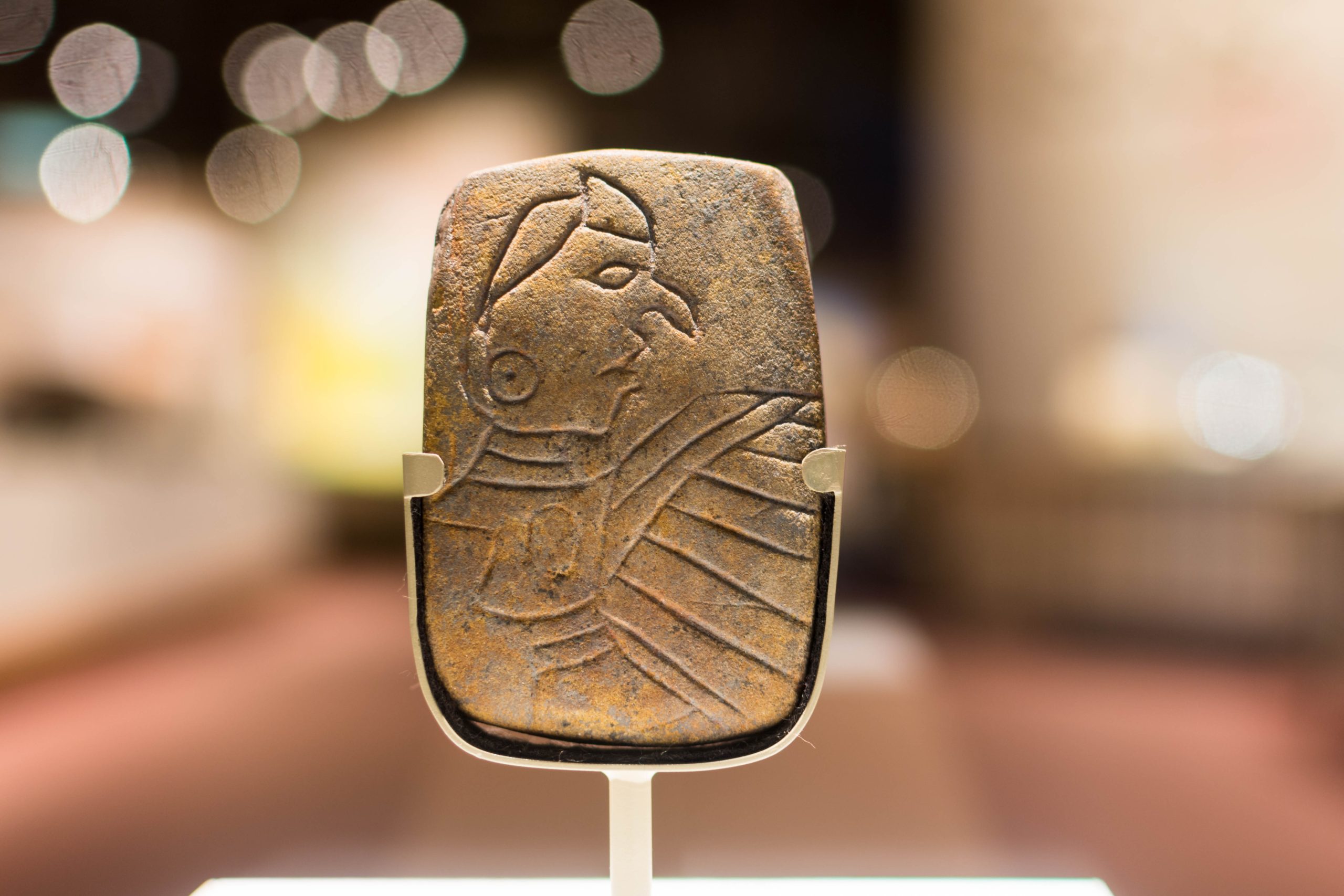An Emblem of Mississippian Spirituality and Power
The Mississippian culture, which thrived from 1050 to 1500 AD, is renowned for its mound-building achievements, particularly in the city of Cahokia, located in the American Bottoms near East St. Louis. This civilization’s spiritual and societal complexities are epitomized by a unique artifact: a small sandstone tablet depicting a figure in a bird costume, believed to represent an eagle or peregrine falcon. Discovered on the east side of Monk’s Mound in 1971, this tablet, dating back to 1300 AD, stands as the only complete example among similar finds. Its reverse side features a crosshatch design, possibly symbolizing snakeskin. Monk’s Mound, the largest in the Cahokia complex, is a testament to the city’s grandeur, once the largest north of Mexico. In recognition of its significance, Cahokia Mounds was designated a World Heritage Site in 1983, with the birdman tablet becoming a symbol of the site.
Get your dose of History via Email
Adjacent to Monk’s Mound, Mound 72 reveals further insights into the Mississippian people’s spiritual and societal structures. Initially a ceremonial area marked by a “woodhenge,” this site evolved to include mortuary houses, platform mounds, and mass burials, culminating in the construction of a ridgetop mound. The mound is notably aligned with the summer solstice sunrise and winter solstice sunset, reflecting the Mississippian’s astronomical knowledge and its integration into their spiritual practices.

The most striking discovery at Mound 72 is the “Birdman burial,” an elaborate interment of an elite individual, possibly an early Cahokian ruler. This burial, aligned with the summer solstice sunrise, featured the individual placed on a platform of over 20,000 marine-shell disc beads arranged in the shape of a falcon. Below this figure was a woman buried face down, with additional retainers and grave goods surrounding them, indicating a complex societal hierarchy and extensive trade networks.
Mound 72 also reveals evidence of mass sacrifices, including the interment of 53 young women, believed to have been strangled before burial, and a group of 39 men and women who appear to have met violent ends. These findings suggest that sacrificial practices played a significant role in Cahokian society, possibly related to the maintenance of social order or the veneration of elite individuals.

Comparisons can be drawn between the Cahokian practices and those of the Natchez, a Mississippian culture group encountered by Europeans in the 18th century. The funeral of the Natchez war chief, Tattooed Serpent, in 1725 involved the ritual sacrifice of retainers and commoners, highlighting the continuity of Mississippian cultural practices over centuries.
The excavation of Mound 72 and the discovery of the birdman tablet have significantly contributed to our understanding of the Mississippian culture in Cahokia. These findings underscore the complexity of their societal structures, spiritual beliefs, and astronomical knowledge. As research continues, the legacy of the Mississippian people and their remarkable achievements in Cahokia remains a focal point for archaeologists and historians alike, offering profound insights into the pre-Columbian history of North America.
Sources:

